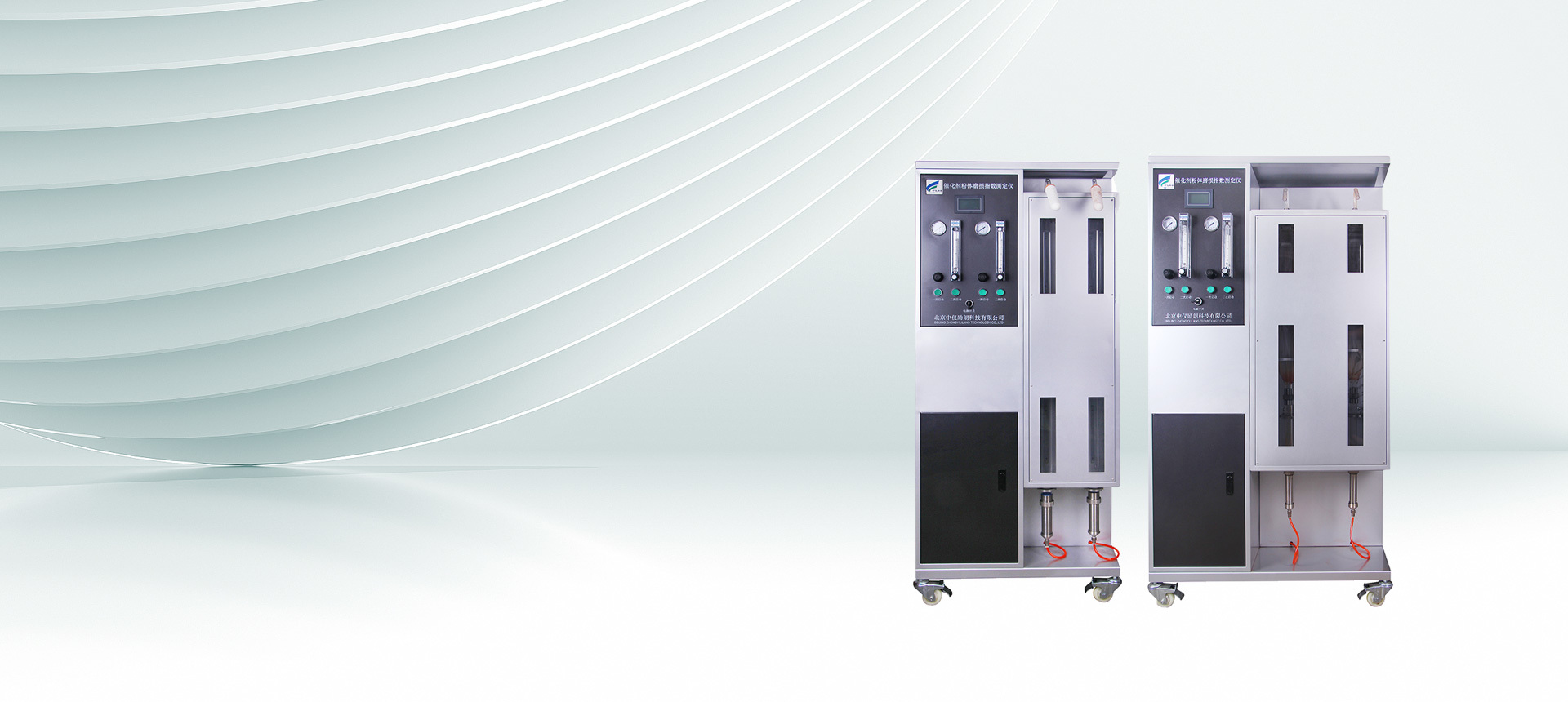Exploring the Advantages of Durable Double-Station Bending and Compressive Resolutions in Non-Destructive Testing
Jul 09,2025

Exploring the Advantages of Durable Double-Station Bending and Compressive Resolutions in Non-Destructive Testing
Table of Contents
- Introduction to Non-Destructive Testing (NDT)
- Key Benefits of Double-Station Bending and Compressive Resolutions
- Applications of Double-Station Bending and Compressive Resolutions
- The Technology Behind Double-Station Instruments
- Why Durability Matters in NDT Instruments
- Comparing Double-Station to Single-Station Instruments
- Maintenance Tips for Long-Lasting Performance
- The Future of Double-Station Bending and Compressive Resolutions in NDT
- Frequently Asked Questions (FAQs)
- Conclusion
Introduction to Non-Destructive Testing (NDT)
Non-destructive testing (NDT) is a vital process utilized across various industries to ensure the integrity and performance of materials and structures without causing damage. This sophisticated technology is crucial for maintaining safety, reliability, and efficiency in sectors such as aerospace, manufacturing, and civil engineering. As industries prioritize quality assurance, innovations in NDT technology, such as durable double-station bending and compressive resolutions, have emerged to enhance testing capabilities.
Key Benefits of Double-Station Bending and Compressive Resolutions
Durable double-station bending and compressive resolutions offer numerous advantages that make them indispensable tools in non-destructive testing:
1. Enhanced Accuracy and Precision
Double-station instruments are designed to deliver high accuracy and precision in measurements. By utilizing two stations for testing, these instruments can eliminate variables that might affect results, ensuring that readings are reliable and consistent.
2. Increased Efficiency
The dual-station setup allows for simultaneous testing, significantly reducing the time required for inspections. This efficiency translates to faster turnaround times for projects, ultimately benefiting both manufacturers and clients.
3. Versatility in Applications
These instruments can be used across a variety of materials and structures, from metals to composites. Their adaptability makes them suitable for various industries, including automotive, aerospace, and construction.
4. Cost-Effectiveness
Investing in double-station bending and compressive resolutions can lead to long-term cost savings. With reduced testing times and increased accuracy, companies can minimize product failures and recalls, ultimately protecting their bottom line.
5. Improved Safety Standards
By ensuring that materials meet safety and quality standards, these instruments help prevent catastrophic failures. Enhanced testing capabilities contribute to safer work environments and improved public safety.
Applications of Double-Station Bending and Compressive Resolutions
The applications of durable double-station bending and compressive resolutions are extensive and varied. Here are some prominent uses:
1. Aerospace Industry
In aerospace, where safety is paramount, these instruments are employed to test components such as wings, fuselage, and engine parts. They ensure that materials can withstand the extreme conditions of flight.
2. Automotive Manufacturing
Automakers utilize double-station instruments to assess the structural integrity of vehicles. Rigorous testing helps ensure that vehicles perform safely and reliably under diverse conditions.
3. Civil Engineering
In civil engineering, these instruments play a crucial role in inspecting infrastructure such as bridges, dams, and buildings. They help engineers identify weaknesses in materials before they compromise structural integrity.
4. Oil and Gas Sector
In the oil and gas industry, double-station bending and compressive resolutions are used to evaluate pipelines, tanks, and drilling equipment. Regular inspections help prevent leaks and ensure compliance with safety regulations.
The Technology Behind Double-Station Instruments
Understanding the technology that powers double-station bending and compressive resolutions is essential for appreciating their benefits:
1. Advanced Sensors
These instruments are equipped with advanced sensors that can detect minute changes in material properties. This sensitivity allows for the identification of potential defects or weaknesses that might not be visible to the naked eye.
2. Real-Time Data Processing
The ability to process data in real-time is a significant advantage. Users can receive immediate feedback on test results, enabling quicker decision-making and reducing downtime.
3. User-Friendly Interfaces
Modern double-station instruments come with intuitive interfaces that simplify operation. This user-friendliness allows technicians to focus on analysis rather than struggling with complex controls.
Why Durability Matters in NDT Instruments
Durability is a critical factor in the selection of non-destructive testing instruments. Here’s why:
1. Resistance to Harsh Environments
NDT instruments often operate in challenging conditions, including extreme temperatures, humidity, and exposure to chemicals. Durable double-station instruments are designed to withstand these factors, ensuring consistent performance over time.
2. Longevity and Return on Investment
Investing in durable equipment minimizes replacement costs and extends the lifespan of your testing tools. This longevity translates into a better return on investment, as equipment remains effective for longer periods.
3. Reliability Under Stress
In high-stress environments, the reliability of testing instruments is paramount. Durable double-station systems are built to handle demanding applications without compromising accuracy or performance.
Comparing Double-Station to Single-Station Instruments
When it comes to choosing the right instrument for non-destructive testing, comparing double-station and single-station systems is crucial:
1. Testing Speed
Double-station systems significantly outperform single-station instruments in terms of testing speed. The ability to conduct simultaneous tests allows for rapid assessments and quicker project completion.
2. Measurement Range
Double-station instruments typically offer a broader measurement range compared to their single-station counterparts, making them more versatile for diverse applications.
3. Overall Accuracy
While both types of instruments can deliver accurate measurements, double-station instruments generally provide superior precision due to their dual testing capabilities.
Maintenance Tips for Long-Lasting Performance
To ensure that durable double-station bending and compressive resolutions continue to perform at their best, regular maintenance is vital:
1. Regular Calibration
Routine calibration ensures that the instruments maintain accuracy over time. Establish a calibration schedule based on the manufacturer's recommendations.
2. Proper Cleaning
Keep the instruments clean and free from debris. Use appropriate cleaning solutions and materials to prevent damage to sensitive components.
3. Storage Considerations
Store instruments in controlled environments to protect them from extreme temperatures and humidity. Use protective cases when transporting them to job sites.
The Future of Double-Station Bending and Compressive Resolutions in NDT
The future of durable double-station bending and compressive resolutions looks promising. As technology evolves, we can expect:
1. Smart Integration
The integration of smart technology will enhance the capabilities of NDT instruments, allowing for advanced data analytics and machine learning applications.
2. Increased Automation
Automation in testing processes will lead to greater efficiency and accuracy, reducing human error and increasing productivity across industries.
3. Sustainable Practices
The shift toward sustainability will influence the development of NDT instruments, focusing on eco-friendly materials and energy-efficient designs.
Frequently Asked Questions (FAQs)
1. What is the primary purpose of double-station bending and compressive resolutions in NDT?
The primary purpose is to provide precise and efficient testing of materials and structures without causing damage, ensuring safety and quality.
2. How do double-station instruments differ from single-station instruments?
Double-station instruments allow for simultaneous testing, providing faster results and greater accuracy compared to single-station instruments.
3. What industries benefit the most from using double-station NDT instruments?
Industries such as aerospace, automotive, civil engineering, and oil and gas significantly benefit from the use of double-station bending and compressive resolutions.
4. Are double-station instruments more expensive than single-station instruments?
While they may have a higher initial cost, the increased efficiency and accuracy often result in long-term savings, making them a cost-effective investment.
5. How can I ensure the longevity of my NDT instruments?
Regular maintenance, proper cleaning, and appropriate storage are essential for ensuring the longevity and performance of NDT instruments.
Conclusion
Durable double-station bending and compressive resolutions represent a significant advancement in non-destructive testing technology. With their enhanced accuracy, efficiency, and versatility, these instruments play a crucial role in ensuring safety and reliability across multiple industries. As technology continues to evolve, embracing these advanced testing solutions will undoubtedly lead to improved quality assurance and better outcomes in various applications. Investing in double-station instruments is not just a choice; it is a commitment to excellence and safety in your operations.
PREVIOUS:
Contact Us








